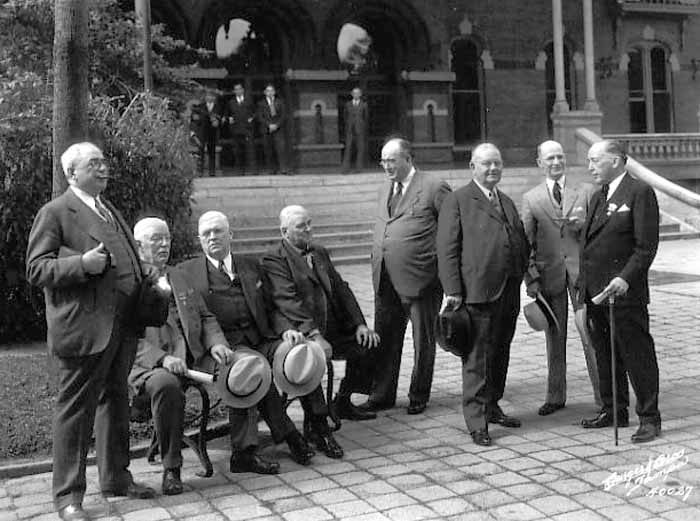
The History of Hyde Park: 33606
Boundaries: Hillsborough Bay to the east, Kennedy Boulevard to the north, Bayshore Boulevard to the east and south, and Armenia Avenue to the west.

History: As far back as the mid-1820s, the Coller family lived in the area now known as Hyde Park and raised and sold vegetables to the U.S. Army outpost at Fort Brooke. In 1838 the land passed to his daughters and their husbands, among them Nancy and Robert Jackson. In 1886, O.H. Platt purchased 20 acres of the Jackson estate, subdivided it, and named the area Hyde Park. But it was the construction of the first bridge across the Hillsborough River at Lafayette Street (now John F. Kennedy Boulevard) in 1888 that prompted the development of the Hyde Park we know and love. The bridge was constructed to support the development of Henry B. Plant’s Tampa Bay Hotel, now part of the University of Tampa campus.


What’s in a Name: Platt named Hyde Park after his hometown in Illinois.
Predominant Architectural Styles: Because Hyde Park developed over several decades, styles and sizes vary from revival and bungalow to prairie and vernacular.
Historic Landmarks: Hutchinson House and Anderson-Frank House, both on Plant Avenue, and the Morrison House on Newport Avenue.

Oldest Home: The William Morrison house at 850 S. Newport Ave. was built in 1880 on land purchased in 1878. The house still exists. It sold for $1,695,000 in 2004 and was listed at $3,400,000 in 2010 (the listing was removed).
Home Value: A 3,631 SQ FT Hyde Park home built in 1916 sold for $690,000 in 2004 and is currently on the market for $775,000. Its current market value according to the Hillsborough County Property Appraiser is $481,664.

• Hyde Park Avenue was the first street opened in Hyde Park.
• The area where Old Hyde Park Village is today was originally called Cork Avenue. Dakota, Cork and Inman Avenues all intersected around where the British pay phone now sits. The only portion left of Cork Avenue left is Snow Avenue.
• Hyde Park’s Bungalow Terrace—a block of 19 homes dating to 1913—is a unique example of a “bungalow court,” a planned development comprised only of Craftsman Style bungalows. The concept is widely used in California.

*Photos courtesy of the Hillsborough County Public Library System